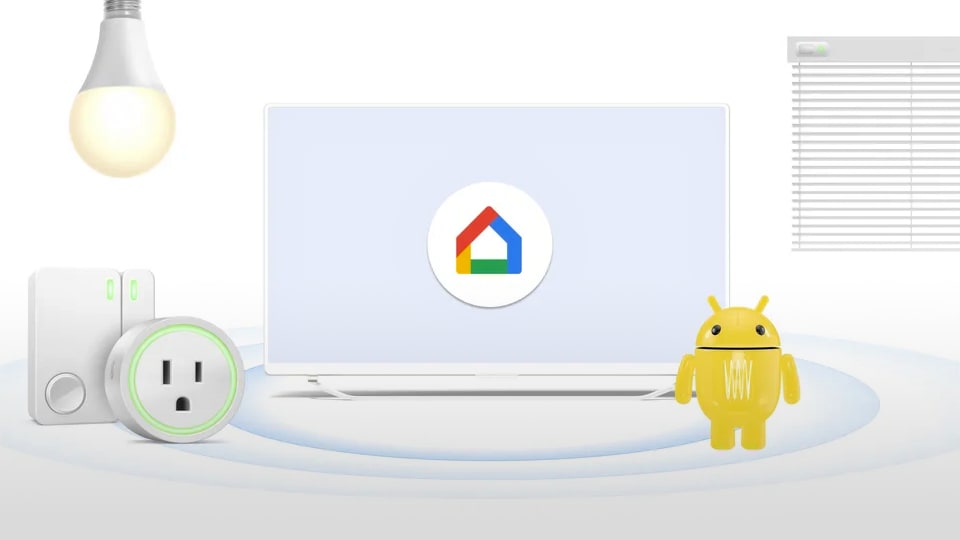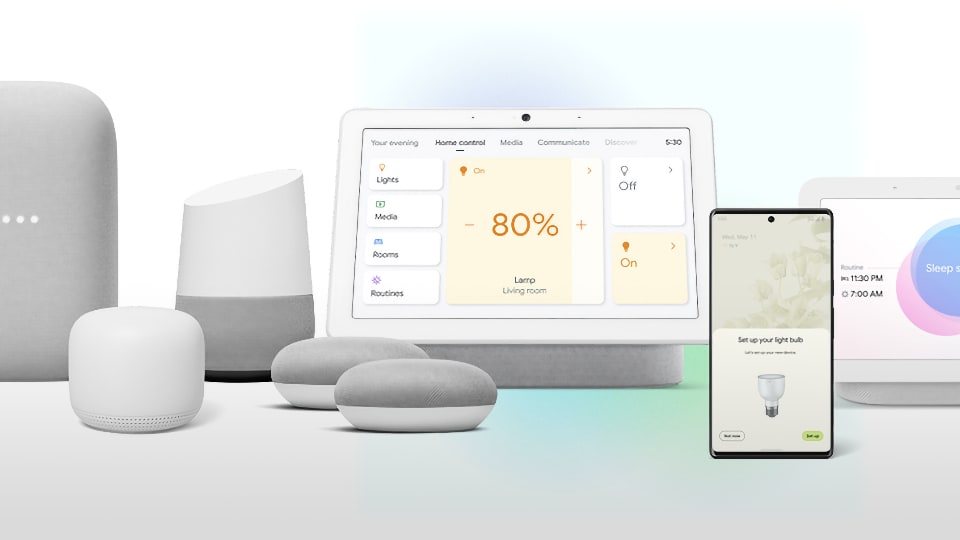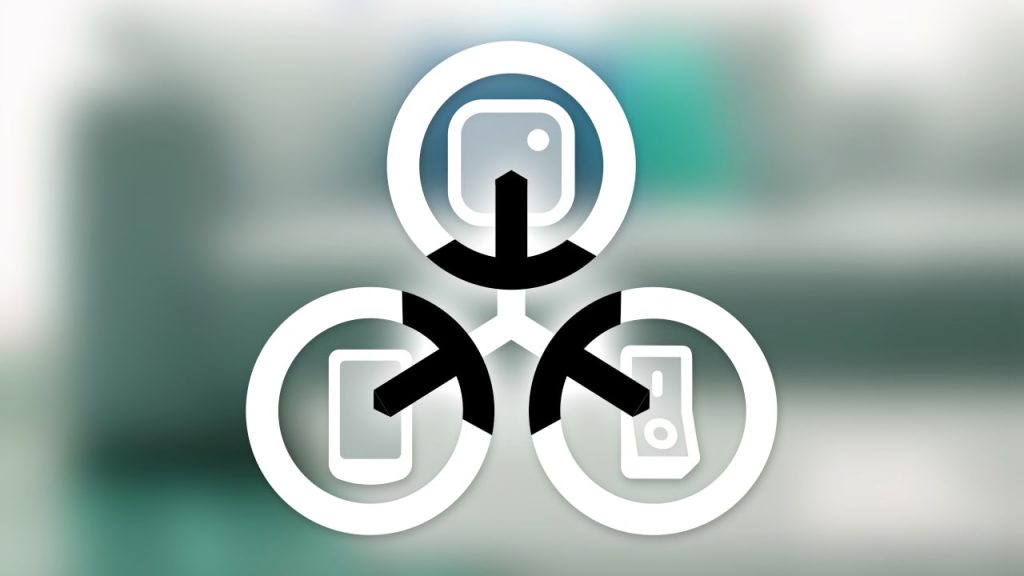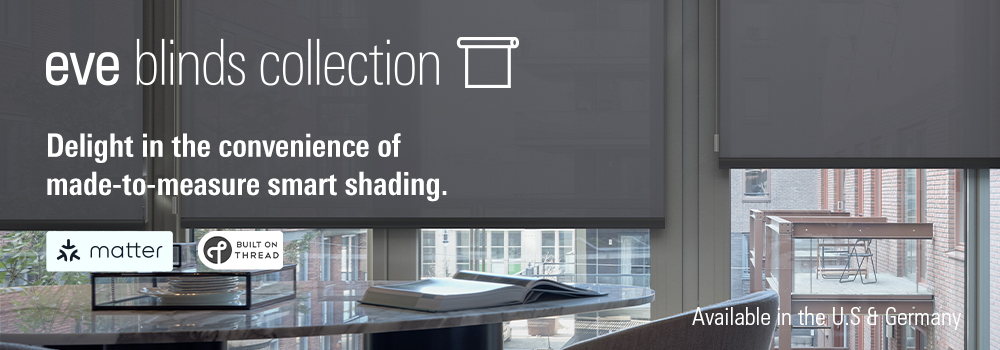The name implies it: controllers are responsible for controlling Matter devices in a smart home. The task is not tied to a specific device category. The control function can be integrated into various products:
- Smart home hubs from the major Matter supporters, which already had control functions in the past, now also work as Matter controllers. These include the SmartThings hubs from Aeotec and Samsung, the Apple HomePod and Apple TV, Google’s Nest Hub and various Echo models from Amazon. New representatives such as the Homey Pro from Athom or minicomputers with the open source Home Assistant software are also being added. Good to know: Not every hub that supports the standard is also a controller. Some only serve as a Matter Bridge that enables external systems to be connected. A Matter controller is then also required to control the products.
- TV sets can fulfill the same purpose. Samsung, for example, equips various smart TVs and computer monitors with a SmartThings hub (link). In principle, this also makes them suitable as Matter Controllers. LG has introduced the so-called Home Hub with its TV operating system webOS 23 (link). The company also announced a cooperation with Google at CES 2024. This means that OLED TVs from 2024 will be equipped with a hub for Google Home and inherit the platform’s Matter functions. The same applies to selected Google TVs (e.g. from TPVision) and televisions with the Android TV operating system, which will also be equipped with a Home hub function (link).

- Apps can be used as controllers because Matter management is software-based. Tuya and partners such as Hama use this approach to control Wi-Fi products directly from a smartphone without the need for a hub. In this case, remote access while on the move runs via the cloud. However, if devices that use Zigbee or other wireless protocols are involved, software controllers are not enough. A hub or gateway must then maintain a connection to the respective network on site. At least for Thread, there is another solution in the works: according to the Thread Group, Border Routers will in future provide a standardized path for internet connections that will allow Thread products to be controlled remotely (link).
- Other device types are likely to be added over time. In its blog, for example, the standardization organization CSA talks about smart switches and buttons that have controller functions (link). The operators of the Wibutler platform envisage loading their Wibutler OS operating system onto building technology components such as a boiler control system at some point – including controller functions for Matter.
One role among others
As the examples show, it is a good idea to separate function and device. The Matter standard defines various tasks or roles (see explanation of terms below), which occur individually and in combinations. For example, a product can be an end device, controller or commissioner. Two tasks often coincide. For example, many controller apps simultaneously serve as commissioners and set up Matter devices.
But that doesn’t have to be the case. While smartphones are well suited for setup because their camera allows QR codes to be scanned, televisions do not normally have such a camera. They are limited to controller functions in everyday life and leave the role of commissioner to a smartphone.
A controller also does not have to serve as an end device in the sense of Matter. For products such as HomePods, Amazon Echos and other controllers from the major Matter supporters, this separation is even the norm. Although they control devices, they do not respond to commands from other controllers. In practical terms, this means that you cannot stream music from an Amazon Echo to the Google Nest Hub or Apple HomePods with Matter either. It is also not possible to group such smart speakers across the various Matter ecosystems.
Matter terms in a nutshell
Tied to the platform
The standard allows multiple controllers, i.e. apps, hubs, TVs and so on, to be operated in parallel within a Matter Fabric. This not only increases reliability thanks to redundant technology, it also makes it easier to operate your smart home from all possible devices. However, these controllers are usually bound to the platform of the manufacturer that offers them. In other words, only controllers from Amazon can be considered for control with Alexa. Apple Home requires HomePods or Apple TVs; Google requires its Nest products and Samsung its SmartThings controllers.

Users who want to operate their Matter products via more than one platform, for example with Siri voice control and Alexa, must purchase controllers from the respective ecosystem and install them at home – in this specific case from Apple and Amazon. The end device is then shared for the other(s) from a Matter platform on which it is already set up. A function called Multi-Admin in the standard version allows different controllers to share one and the same end device with their fabrics.
Share this information:


